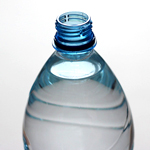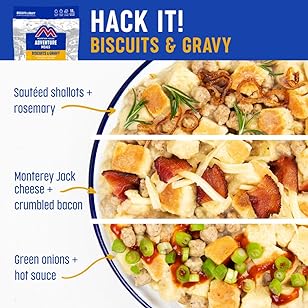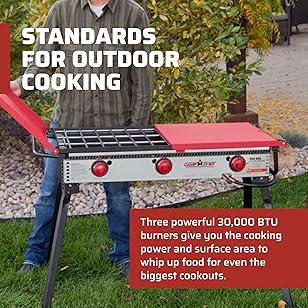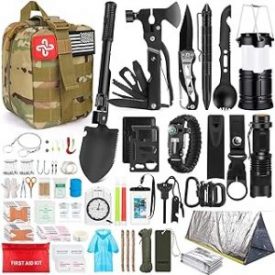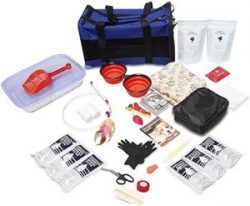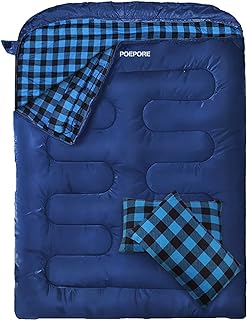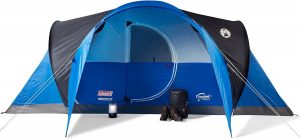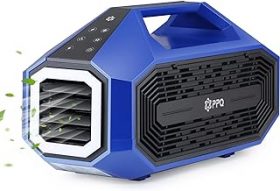Safe Drinking Water in an Emergency or Disaster
Obviously clean fresh water forms the basis for all other fluids, so make sure you have your favorites to flavor the water when necessary so drinking it won’t be a hardship, especially for the kids.
Nothing makes clearer the importance of water than a large disaster; clean, fresh water becomes more valuable than gold. It’s easy to forget that without water, we just can’t survive. 60 percent of our bodies are water, in fact for infants, water makes up about 80 percent of their body, so it is even more vital they have access to clean drinking water.
Unfortunately, following large-scale disasters, it’s not unusual that water supplies may be cut off temporarily or be rendered unfit for consumption. Everyone should know the following tips about safe drinking water in emergency situations.
Preparedness is Everything: The advice comes over and over, but most people still are not ready when disaster strikes even when warned days in advance. Within hours they are calling begging for food, water and ice. You must maintain a supply of clean drinking water someplace safe in your home. You can survive a week without food, if necessary, but even one or two days without water can be fatal.
You may also want to maintain a supply of emergency toilet flushing water. I have found Arizona Tea gallon jugs to be very strong containers for storing water unlike the thin jugs from the supermarket that start to leak eventually, though it is always a good idea to inspect for leaks around stored water.
In terms of how much water is needed to be stored, you need to drink at least two quarts a day of water. Enough water for all the members of your family for at least a few days is a good idea. You can store water yourself in your own containers; anything glass, and clean, thoroughly washed plastic containers with caps work well. Seal water tightly in their containers and store them in someplace cool and dark in your home, mainly out of direct sun light that cause some plastics to biodegrade. Make sure to change out with new water regularly; once every six months.
Finding Safe Drinking Water: If you do run out of water during an emergency, or are trapped somewhere without ready access to clean drinking water, you’ll need to know what’s safe to drink, and what isn’t. Consider having on hand some zero water pitchers and emergency water straws to filter water from uncertain sources.
After a disaster, possible sources of safe drinking water in your home include the water from your hot water tank, the water from your toilet tank (not the bowl, but the water from your tank, but if it is chemical-free), and water trapped in your water pipes. Melt any ice cubes that you may have stored.
Avoid using water from waterbeds as drinking water, since they are treated with chemicals unsafe for drinking. You can use waterbed water for washing, though. Outside your home try to locate streams, rivers, lakes, or other sources of fresh water. Never drink floodwater; it is usually contaminated with bacteria and chemicals. Do save rainwater that may fall for drinking.
Purifying Water in an Emergency: If you cannot locating safe drinking water during an emergency, then any water you find that does not look clear, or which you believe may be contaminated, should be purified before drinking.
The best and easiest way to purify water is by boiling. Disease-bearing microorganisms cannot survive in high temperatures.
Boil the water for about one minute. For improved taste, pour the water back and forth from one clean container to another.
If you’re unable to boil your water, treat it chemically before drinking. Household chlorine bleach can be used to treat your water. Use an eyedropper, to drop eight drops of bleach into each gallon of water to be treated. Make sure the chlorine you use lists hypochlorite as its only active ingredient; any extra chemicals or fragrances will only further contaminate the water. Stir the water and allow it to stand at least 30 minutes. When the water appears clear, it is likely safe to drink. If it is still murky or clouded, put in eight more drops and let stand another 30 minutes.
_


 November 4, 2015
November 4, 2015 
